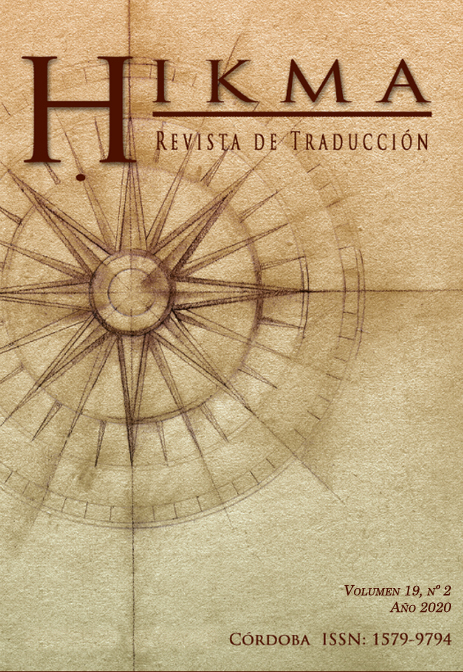Types of Syntactic Equivalence in the Qurʼānic Translations
Contenu principal de l'article
Résumé
Abstract
The fundamental premise here is that linguistic equivalence at the microstructural level is not usually expected because languages are linguistically and semantically incongruous. Though this premise is basically correct the starting point of this article is that syntactic equivalence is possible and the translation process can involve a matching at the syntactic level even when some components or structures seems untranslatable. However, certain additional factors might affect the translator's choice. This article shows that the choices made by the Qurʼān's translators can usually be justified. On the other hand some inaccuracies arise from insufficient syntactic knowledge or sometimes the translator retains minimal similarity to the SL for no apparent reason. This may lead to misinterpretation of the intended meaning of the SL.
Téléchargements
Details de l'article

Ce travail est disponible sous licence Creative Commons Attribution - Pas d’Utilisation Commerciale - Partage dans les Mêmes Conditions 4.0 International.
Les auteurs qui publient dans cette revue acceptent les conditions suivantes :
- Les auteurs conservent les droits d'auteur et accordent à la revue le droit de première publication du travail simultanément sous une Licence Creative Commons Attribution, permettant à d'autres de partager le travail en reconnaissant la paternité du travail et sa publication initiale dans cette revue.
- Les auteurs peuvent conclure des accords contractuels supplémentaires séparément pour la distribution non exclusive de la version publiée du travail dans la revue (par exemple, l'envoyer à un référentiel institutionnel ou le publier dans un livre), avec une reconnaissance de sa publication initiale dans cette revue.
- Il est permis et encouragé aux auteurs de publier leurs travaux en ligne (par exemple, dans des référentiels institutionnels ou sur leur site Web) avant et pendant le processus de soumission, car cela peut entraîner des échanges productifs, ainsi qu'une citation plus précoce et plus importante du travail publié (voir L'effet de l'accès ouvert).

